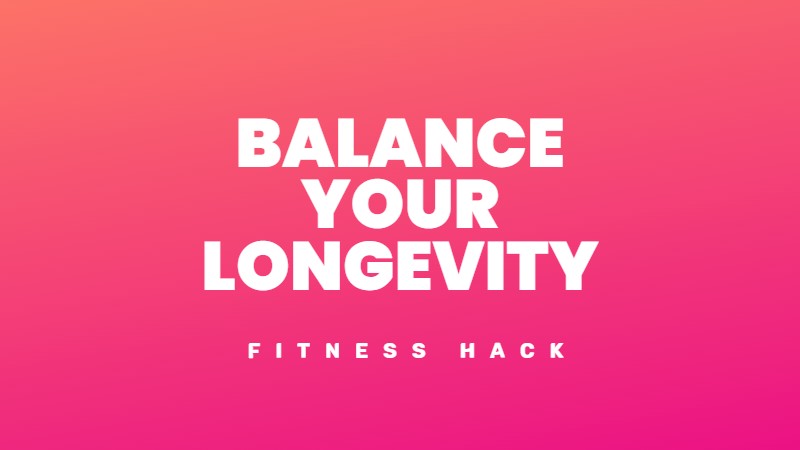Back in college, my roommate was obsessed with getting ripped. He spent hours in the gym, religiously mixed his protein shakes, and talked endlessly about “gains.” One of the staples of his routine was creatine. He swore by it. He said it helped him push harder, lift more, and recover faster. I listened politely, but frankly, I tuned most of it out.
Creatine, in my mind, was for serious weightlifters, not for someone like me, who enjoyed playing tennis and going on long walks. Years later, I found myself struggling to maintain my energy levels. I started to wonder if maybe my old roommate was right about creatine.
Stronger muscles. Sharper mind
Creatine supplementation is a safe and smart choice for people looking to improve athletic performance and build or retain muscle mass and strength. Although many people associate creatine with strength and power athletes, it also benefits endurance athletes and people who face age-related declines in muscle mass and strength.
Creatine also works on your brain just like it works on your muscles. Studies show creatine improves thinking under stress. When you exercise hard, feel mentally tired, get older, experience depression or deal with PTSD, your brain needs extra creatine. This makes creatine valuable for both your physical workouts and mental workout sessions.
What is creatine?
Creatine is a chemical found naturally in the body. It’s also in red meat and seafood. It is often used to improve exercise performance and muscle mass.
Creatine is involved in making energy for muscles, and about 95% of it is found in skeletal muscle. The majority of sports supplements in the US contain creatine. People who start taking creatine with lower creatine levels seem to get more benefits than people who start with higher levels.
People commonly use creatine to improve exercise performance and increase muscle mass. It is also used for muscle cramps, fatigue, multiple sclerosis (MS), depression, and many other conditions, but there is no good scientific evidence to support most of these uses.
Sources of creatine
Creatine is an amino acid we naturally produce in our bodies, and we can eat it in meat, fish, and poultry. Omnivorous athletes struggle to saturate muscles with creatine through dietary sources, and supplementation can increase muscle stores by about 20%. Vegan and vegetarian athletes face even greater challenges and often have lower levels of creatine in their muscles.
All athletes can increase creatine stores with supplementation, and it may be even more important for vegans and vegetarians (many supplements are vegan-friendly).
Note: Creatine monohydrate is one of the safest and most researched substances available.
Benefits of creatine
The benefits of creatine extend far beyond just bigger muscles. Studies show it can also give a slight edge in rowing, jumping, and soccer. And for those of us getting older, creatine, paired with exercise, is a powerful weapon against age-related muscle loss. Creatine also helps your muscles store more glycogen, which is key for endurance, and it can even improve your body’s ability to handle intense workouts by reducing lactate production.
Creatine supplementation and cognition
Recent evidence suggests that creatine supplementation may positively affect cognition.
The brain uses a lot of energy, and as with muscles, the contribution from ATP CP increases during periods of high demand. Research shows creatine monohydrate supplementation increases levels of creatine in the brain. A 2019 review study from Dolan and colleagues said, “The effects of creatine supplementation on brain function appear to be larger under stressful conditions that lead to acute (e.g. mental fatigue, exhaustive exercise) or chronic (e.g. ageing, depression, posttraumatic stress disorder) depletion of brain creatine, whereas no or minimal effect is shown in a healthy individual under unstressed conditions.”
How to dose creatine
Creatine is found in foods such as meat and seafood and in many different types of sports supplements. In supplements, adults have most often used creatine in a one-time loading dose of up to 20 grams by mouth daily for up to 7 days, followed by a maintenance dose of 2.25 to 10 grams daily for up to 16 weeks. Speak with a healthcare provider to determine the best product and dose for a specific condition.
Here are some of the best practices:
Creatine can be taken long-term, but constant use may not be necessary. Research indicates that using up to 10 grams/day for 5 years is generally safe but probably unnecessary. We’d recommend supplementing appropriately (3 to 5 g/day for most, perhaps 5 to 7g/day for older athletes) for a few months during higher training load and competition periods. Consider taking a break from it during recovery or low-intensity aerobic training.
No dosage information is known for brain health: The protocols above are well established and safe, but it’s unknown if there are specific dosages that would be best for preserving brain function or recovering from a concussion.
Precautions and warnings
While creatine has an excellent safety profile and has been studied, there are specific situations where extra caution is warranted. Whether you’re an athlete, pregnant, or have underlying health conditions, here’s what you need to know about using creatine responsibly.




Deja tu opinión sobre esto